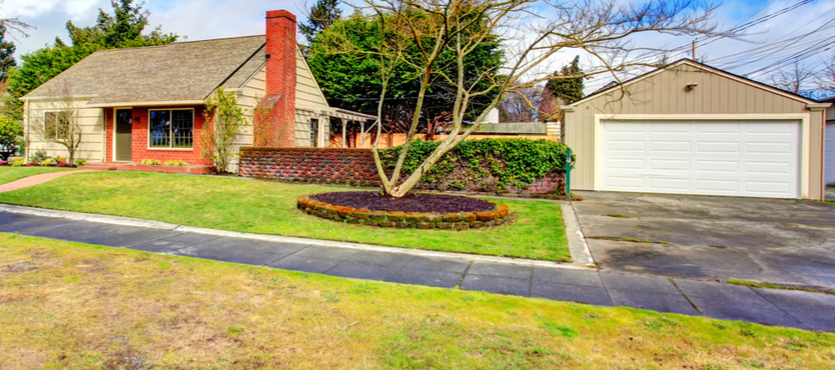A beautiful green lawn has many roles apart from showcasing your home. Thriving lawns keep the air cool, reduce noise, help prevent soil erosion, filter stormwater runoff including sediment and other pollutants that would contaminate water sources. What happens when your lawn turns brown, and loses its aesthetic charm? How do you get it back to lush and healthy? In many places around the country, a brown lawn is simple a sign of hot summer months, but here in South Florida, brown patches can occur nearly year round. So, what can a property owner do when brown patches occur, and your lawn looks like it is dying right before your eyes? In most cases, your lawn is not dead, nor is it dying. Let’s explore the ways to keep your lawn, green year round – just the way you like it!
What Causes a Brown Lawn? – In many cases, a brown lawn is due to the lack of summer rain, but even so your lawn is not dead, it is most likely simply dormant. The grass blades may be brown, but inside, the grass crown is still very much alive. Other causes of a brown lawn include the following:
- Too Much Or Too Little Watering – Your lawn should be watered deeply on a weekly basis and more often if the grass is wilted. When you grass wilts, applying an inch of water is all that is needed. It is important not to water your lawn when watering isn’t needed as too much water, like too little water can cause your lawn to be brown.
- Applying Incorrect Amounts of Fertilizer – A surprise to most people, not fertilizing, over fertilizing, and poor fertilizer distribution can all contribute to a brown lawn. Some people chose not to fertilize at all because they aren’t sure how to get the job done correctly, others become overzealous, fertilizing at will, and others, still have no system at all fertilizing when they remember. Incorrectly using fertilizers harm your lawn, plants, and the environment. Selecting a fertilizer with slow release nitrogen can help, but choosing a professional is the best option to ensure the job is done correctly and in a timely manner.
- Pesky Lawn Pests – The final reason for brown patches in your lawn is an infestation of South Florida’s many lawn pests including chinch bugs, grubs, fungus, and more. When they take up residence in your lawn, you may need professional pest control to evict them.
Returning the Green to Your Brown Lawn – The good news is your brown lawn can be revived and return to the lush green lawn you love. How, you may be wondering. Follow these tips and turn your yellowing or brown lawn around:
- Step One – Watering Correctly – Watering can be tricky. Overwatering and underwatering – even by a little – can both cause harm to your lawn and cause browning. One of the easiest ways to remedy the problem of watering is to set your irrigation timer. You can set your watering schedule to suit your location, your lawn, and the season, so that your lawn stays healthy and green all year long.
- Step Two – Fertilize Properly – Fertilizing your lawn can be confusing. You need to know the type of soil, the size of your lawn, the season, and if your grass is actively growing to get it right. But you can do it. The key to fertilizing is knowing what nutrients exist in your soil and what nutrients you need to supplement. Once you know that, you are well on the way, after all, grass grows year round here in South Florida, so the only detail left is the size of your lawn. You need to fertilize year round here, utilizing a slow release nitrogen fertilizer that contains the nutrients your soil needs to grow beautiful lush green grass.
- Step Three – Control Pests – Keep an eye out for Florida pests and treat effected areas immediately. Better yet, hire a professional lawn pest control service to keep pests away year round.
When brown grass becomes an issue, call on the professionals at Xtreme Landscaping to help you get your lawn back to the lush, green healthy yard you desire.

